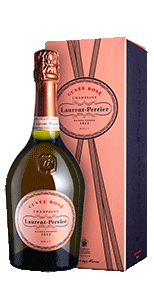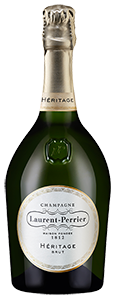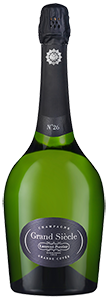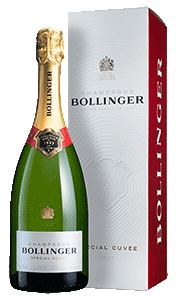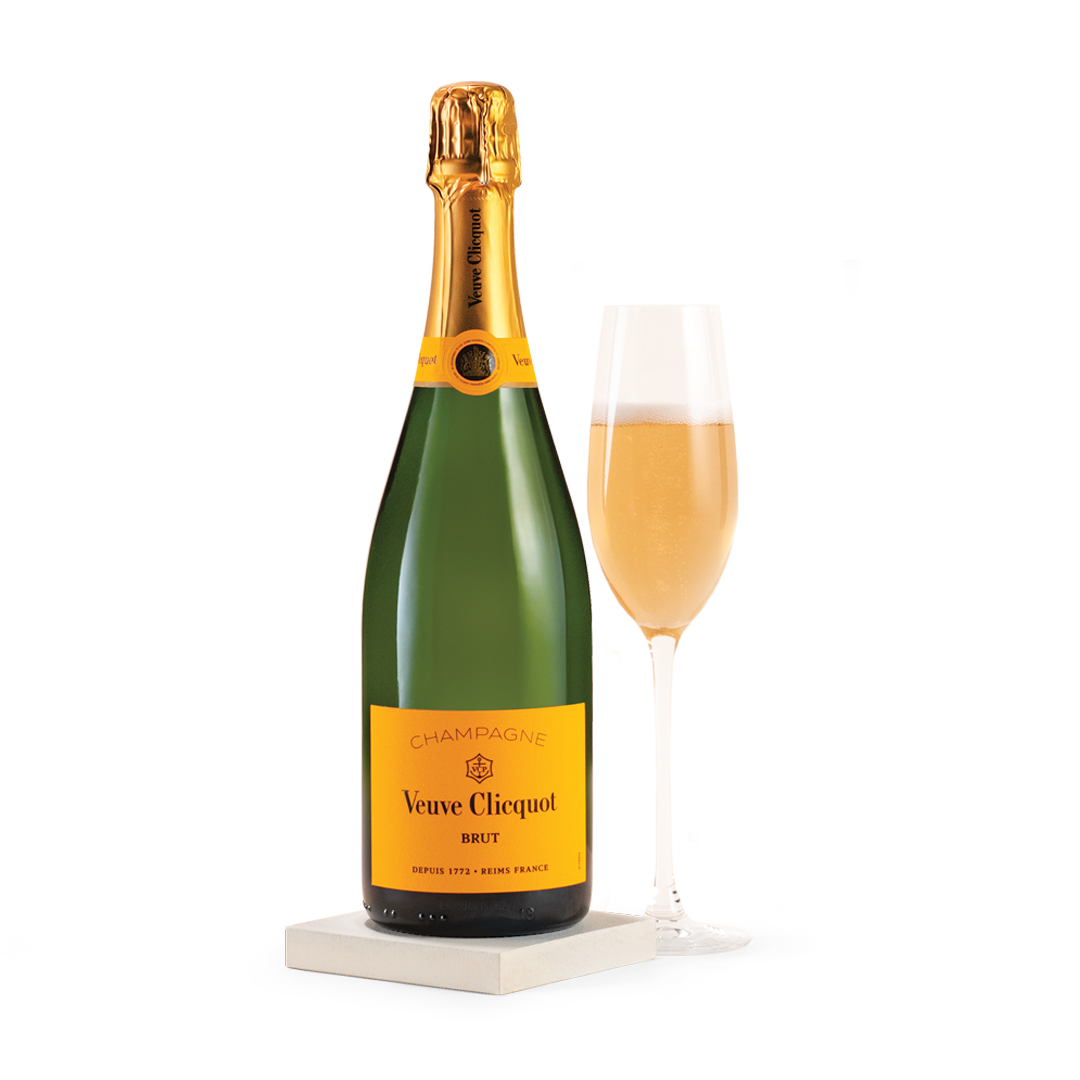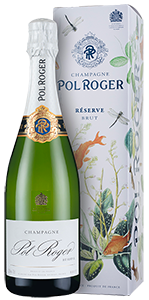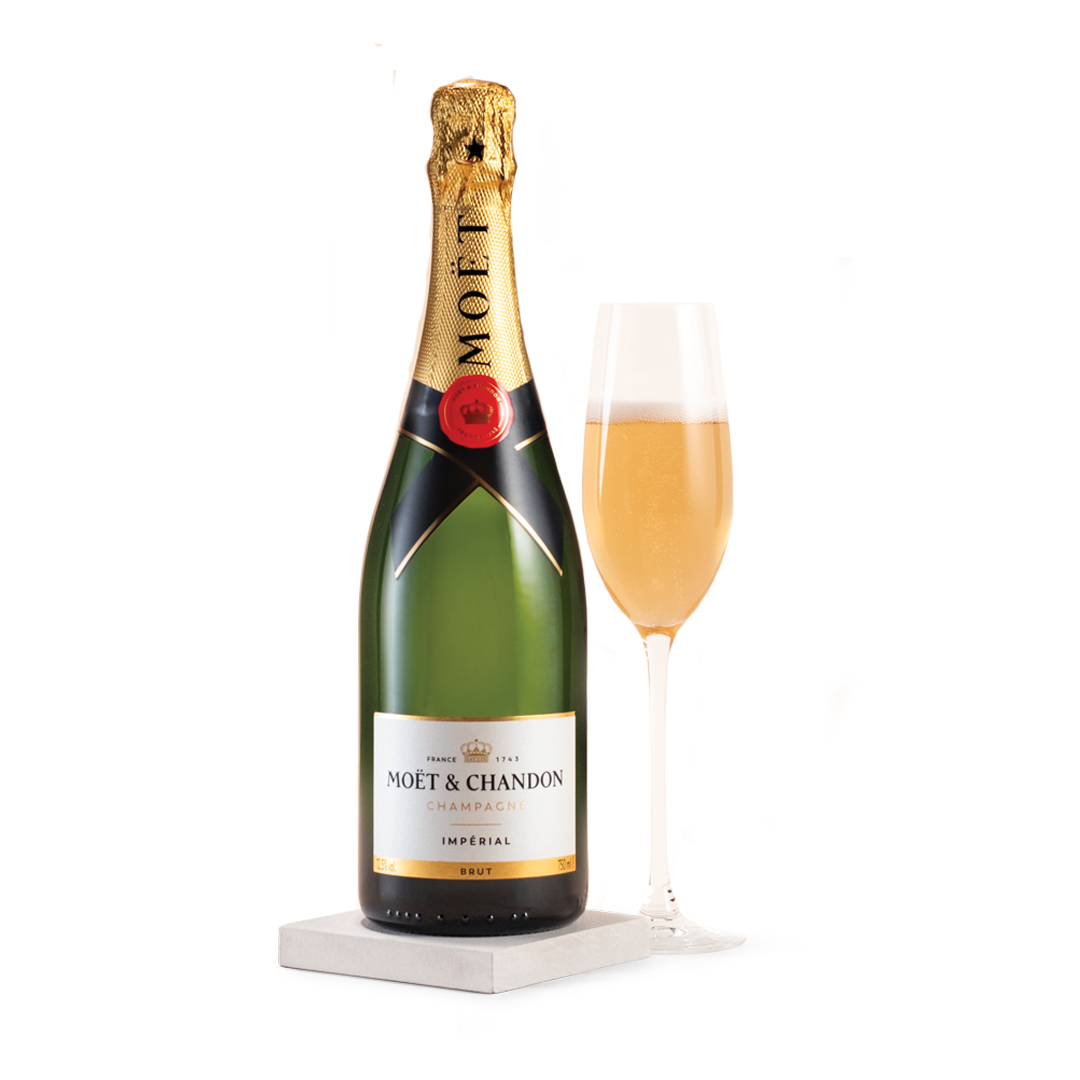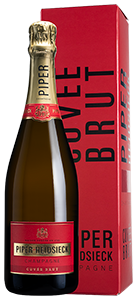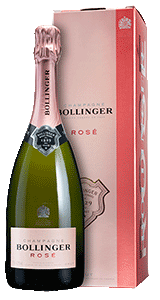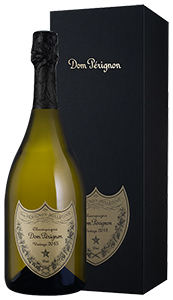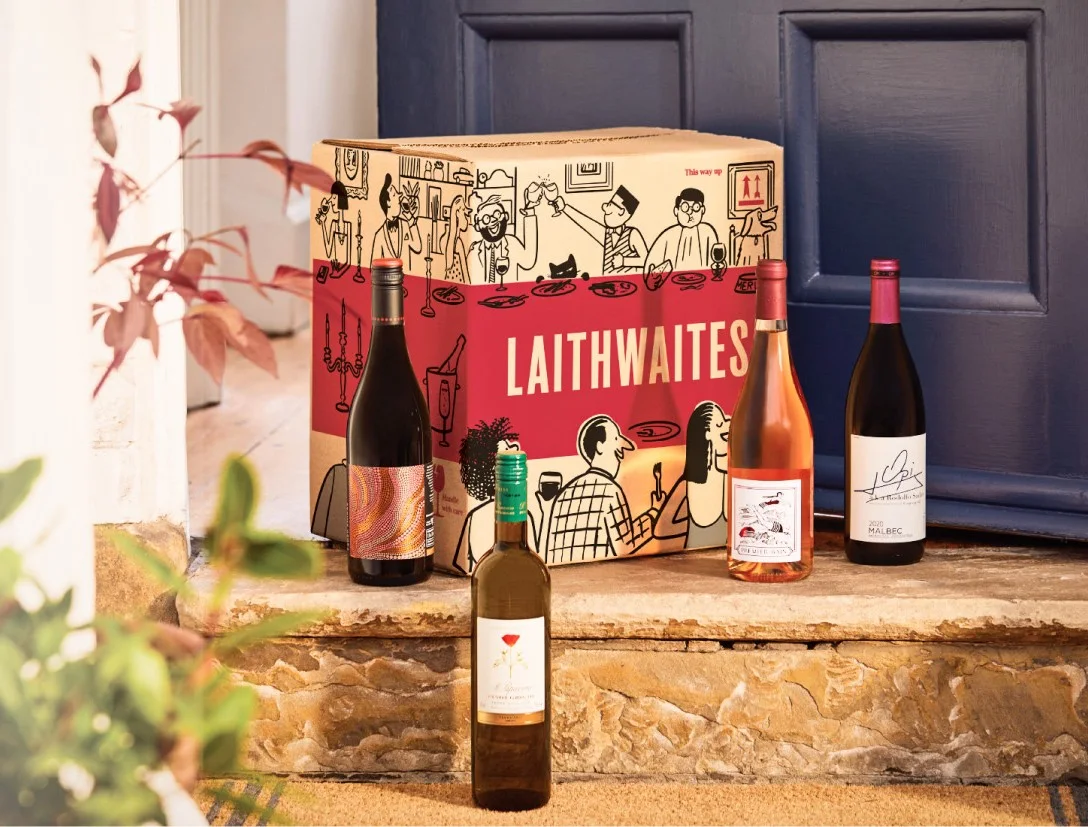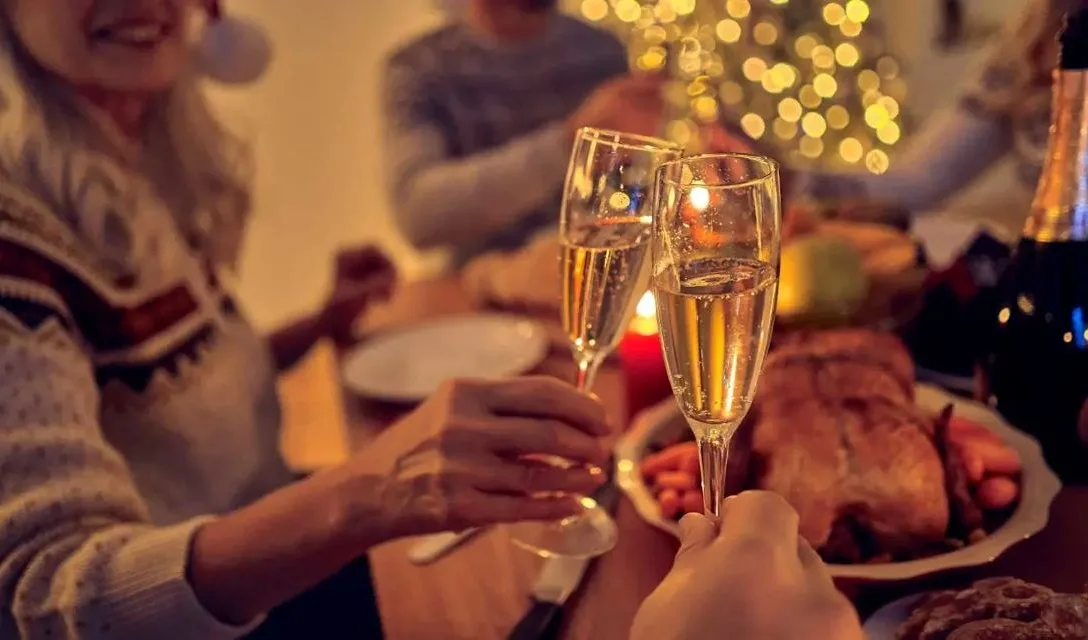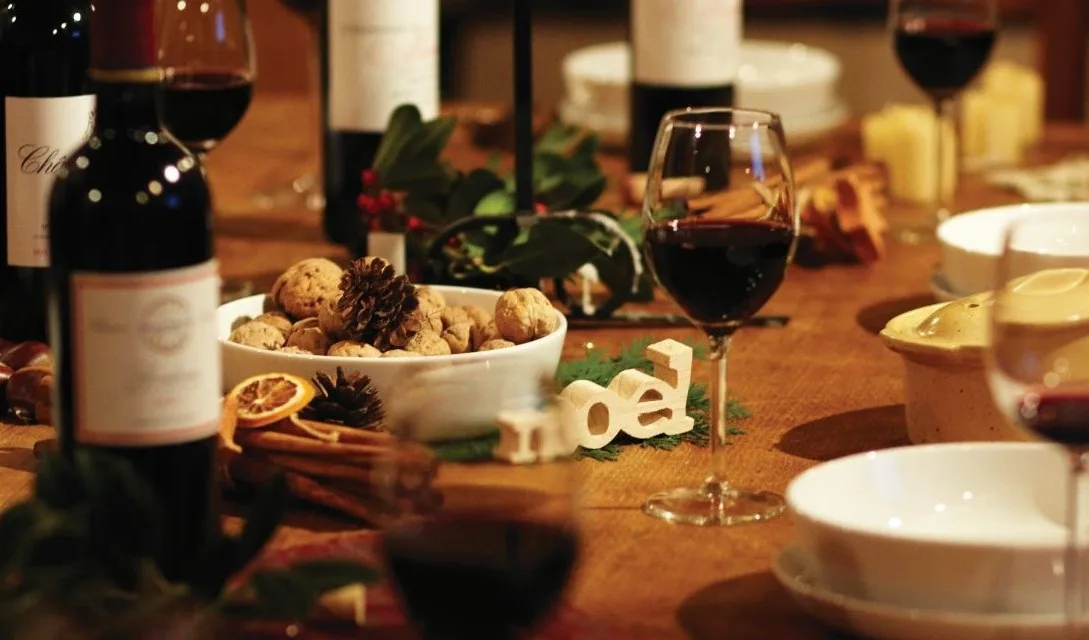Filter by
- Made from gently pressed, perfectly ripe Pinot grapes – a multi-award-winning zesty, pink Champagnefrom £59.99 per bottlewhen you mix 12+SAVE £240.00
- From a small family Champagne house run by two brothers this is a superb fizz with great finesse now£19.99 per bottleSAVE £20.00
- Superb richness, elegance and balance in the La Cuvée bottling from renowned Laurent Perrier£37.99 per bottleSAVE £15.01
- Perfectly balanced, special cuvée Champagne from historic Grande Marque Laurent-Perrier£64.99 per bottleSAVE £11.00
- If you prefer an off-dry style of fizz, this premium demi-sec will have you swooning with delightfrom £40.00 per bottlewhen you mix 12+SAVE £156.00
- 100-point, 26th iteration of Grand Siècle, Laurent-Perrier’s vision of Champagne perfection£190.00 per bottle
- Bollinger, “one of the ‘greats of Champagne” (Hugh Johnson), renowned for its rich, toasty stylefrom £41.99 per bottlewhen you mix 12+SAVE £204.12
- The world's most recognisable Champagne, 94-pt Veuve is also among the best. Rich, toasty, generousfrom £44.00 per bottlewhen you mix 12+SAVE £60.00
- Magnificent, 92-point Grande Marque Champagne – gorgeously concentrated fruit and fine bubbles£42.99 per bottleSAVE £12.00
- Superb, Chardonnay-rich Brut Réserve from Taittinger, presented in a stylish gift boxfrom £34.99 per bottlewhen you mix 12+SAVE £120.00
- Light, vibrant and seductively elegant. There’s a reason this is the world’s most famous Champagnefrom £37.99 per bottlewhen you mix 12+SAVE £84.00
- Superb Pinot-based Champagne with 30% reserve wine from the historic house of Piper-Heidsieckfrom £29.99 per bottlewhen you mix 12+SAVE £120.00
- A delicious pink fizz from a 200-year-old family Champagne house. Candied fruit, citrus and richness£23.00 per bottle
- Réserve Premier Cru Champagne with ripe fruit, minerality, toasted brioche notes and a creamy mousse£29.99 per bottleSAVE £12.01
- Fresh, refined Ayala Champagne – crisp, elegant and beautifully poised£27.99 per bottleSAVE £10.01
- Bollinger, “one of the ‘greats of Champagne” (Hugh Johnson), renowned for its rich, toasty stylefrom £41.99 per bottlewhen you mix 12+SAVE £204.12
- from £50.00 per bottlewhen you mix 12+SAVE £144.00
- Rich, complex Premier Cru Blanc de Blancs Champagne. Rivals many expensive big name labels£29.00 per bottleSAVE £3.00
- A superb non-vintage cuvée from Louis Roederer£45.00 per bottleSAVE £14.99
- The world’s most iconic Champagne. Glorious now, this 95-point 2015 vintage will age brilliantly£200.00 per bottleSAVE £10.00
- 91-point Champagne from an historical jewel in the heart of Côte des Bar. Rich and elegant£27.99 per bottleSAVE £7.00
- Deep tangerine pink hue, stream of creamy bubbles and tangy orange and berry fruit – dream Champagne£29.99 per bottleSAVE £10.00
- Superb, Chardonnay-rich Brut Réserve from Taittinger, one of the last family-owned Grandes Marques£80.00 per bottleSAVE £15.00
- Full-flavoured, rich, pink Champagne from Taittinger, one of the last family-owned Grandes Marquesfrom £39.99 per bottlewhen you mix 12+SAVE £108.00


